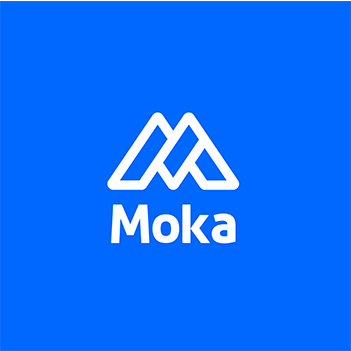8 Common Pitfalls in Recruitment Management and How to Solve Them
Recruitment management covers all activities from workforce planning and job requisition to candidate hiring, onboarding, and retention. While every company strives to attract and retain top talent, many HR professionals and business leaders often echo the same sentiment: "It’s hard to hire the right people, and even harder to keep them."
Acknowledging these problems is already a step forward. The real challenge lies in addressing them with a structured, data-driven approach. Below are eight common recruitment issues observed across various organizations, along with actionable insights for improvement.
1. Lack of Time and Energy Devoted to Recruiting
Recruitment is a labor-intensive task. Beyond defining job requirements and ideal candidate profiles, it requires hours of resume screening, outreach, and candidate communication. Especially in niche industries or for senior roles, inbound applications may be minimal. Active sourcing becomes essential.
Some HR professionals dedicate late nights and weekends to searching for qualified candidates, while others treat recruiting as a 9-to-5 task. But recruitment success is directly proportional to effort. Commitment in time, method, and innovation is non-negotiable.
Pro tip: Use an applicant tracking system (ATS) like MokaHR to automate resume filtering, streamline candidate communications, and centralize hiring workflows.
2. Inadequate Support from Hiring Managers
Effective hiring requires collaboration. Yet in many companies, managers avoid interviews, delay feedback, or expect recruiters to "just make it happen."
Hiring managers must provide timely feedback, align on expectations, and actively participate in interviews—even outside regular hours if necessary. Candidates are customers too; they deserve respect and responsiveness.
3. Misaligned Salary Expectations
Some companies try to recruit top-tier talent with below-market salaries. This rarely works long-term. High-caliber candidates view underpaying offers as a red flag and may accept only as a temporary stopgap.
Strategic approach: Offer competitive compensation to attract solid mid-tier talent with growth potential. Investing in the right people yields high returns.
4. Vague Job Requirements and Unclear Hiring Criteria
Lack of alignment on what defines a qualified candidate leads to wasted effort. Criteria should reflect current business challenges and growth needs, not just managerial preferences.
During campus recruitment, for example, targeting top-tier universities makes sense—but only if your company offers a compelling growth path. Without internal alignment, even the best strategy will fail.

5. Disorganized, Slow Interview Process
A 3-4 round interview process is acceptable for strategic roles. But dragging interviews over 4-8 weeks leads to lost candidates. Feedback must be timely, rounds consolidated, and the process candidate-friendly.
For remote or out-of-town applicants, consider offering travel reimbursements or virtual options. Always maintain frequent communication to prevent candidate drop-off.
6. Poor Interview Experience
Too often, interviewers are unprepared, inconsistent, or rely on cliché questions (“Tell me about yourself”, “Why did you leave your last job?”). This diminishes your employer brand.
Recruiters must train interviewers, build a structured question library, and ensure every candidate is evaluated fairly. Interviews should assess not only skills, but values, motivation, and long-term potential.
7. Weak Background Check Processes
Background checks should be standardized, legal, and respectful of privacy. Overstepping boundaries or failing to cross-verify reputational information can lead to legal and ethical issues.
Use multiple verification channels when investigating past performance. Combine formal records (education, employment) with informal sources (peer feedback), while always securing candidate consent.
8. Poor Onboarding and Trial Period Support
Many companies lack structured onboarding. New hires feel lost or unsupported, especially during the trial period. Some managers even "return" employees they find difficult to manage, often without clear process.
A strong onboarding program should include:
Clear 30/60/90-day expectations
Assigned mentors or buddies
Regular check-ins from HR and line managers
This builds trust and increases retention.
Final Thoughts: Recruitment Is a Reflection of Culture
Recruitment isn’t just an HR function—it’s a brand signal. A candidate’s experience reflects how the company operates internally. Disjointed recruitment efforts signal deeper organizational issues like misaligned leadership, lack of ownership, or toxic work culture.
To solve structural hiring challenges:
Build a robust, end-to-end recruitment system
Empower HR with modern tools like MokaHR ATS to manage hiring pipelines, automate workflows, and collaborate with managers
Foster accountability at all levels
A well-run hiring process not only secures better talent but enhances your company’s long-term performance and reputation.
From recruiting candidates to onboarding new team members, MokaHR gives your company everything you need to be great at hiring.
Subscribe for more information

